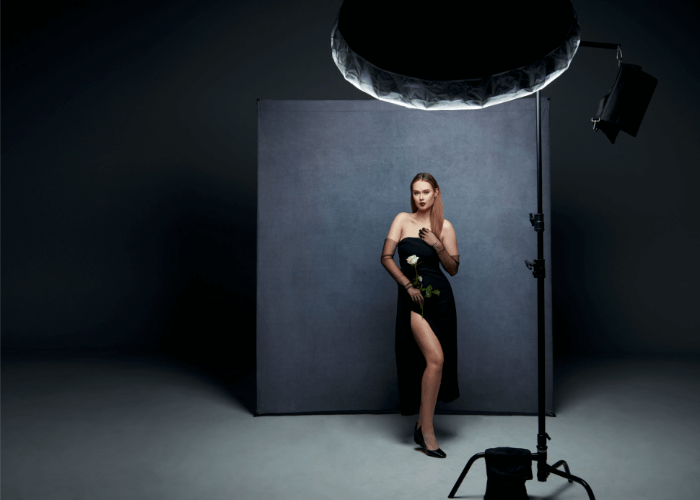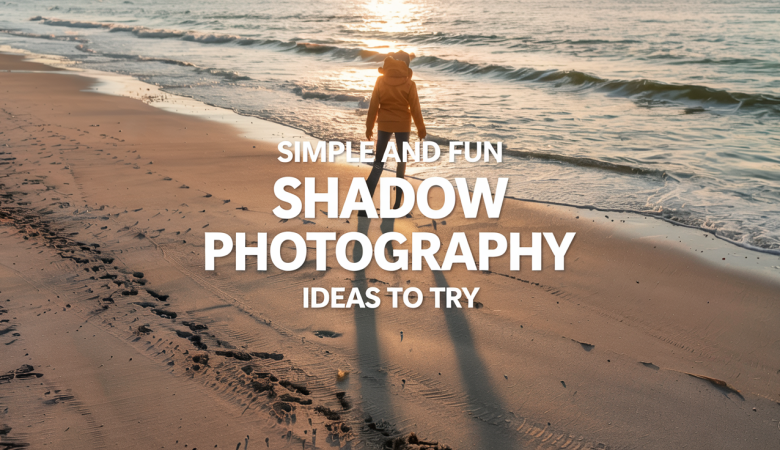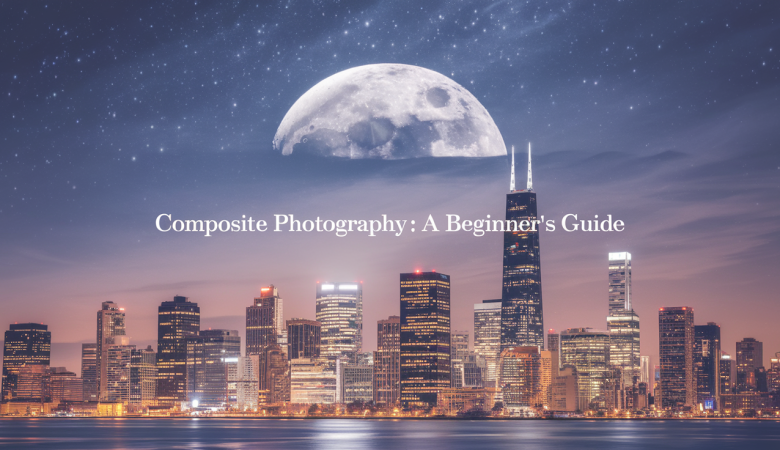A compelling and private form of artistic expression, boudoir photography honors the grace and sensuality of the human body. This kind of photography, derived from the French term “boudoir,” which refers to a woman’s private sitting room or dressing area, has developed into a potent means of capturing a person’s self-assurance and vulnerability.
Photographers rely on a well-chosen set of tools to produce amazing boudoir photos that radiate elegance and tenderness.
In this article, we will examine the key pieces of equipment required for boudoir photography and show how to take boudoir photos yourself; each one helps to produce seductive, emotionally stirring images.
Equipment You Need to Have for Boudoir Photography
1. Camera and Lenses
The top-notch camera and lenses form the basis of every photographic project, including boudoir photography. For taking close-up portraits, a full frame or APS C sensor camera offers essential image quality and detail.
Wide aperture prime lenses, like the 50mm or F 1.8 or the 85mm or F 1.4, are popular choices for lenses. These lenses provide a short depth of focus, which effectively separates the subject from the backdrop and produces the soft, dreamlike appearance that is typical of boudoir photography.
2. Lighting Equipment
In boudoir photography, lighting is crucial since it creates the right ambiance and highlights the subject’s characteristics. According to the intended aesthetic, many lighting conditions may be adjusted using modifiers, including soft boxes, beauty dishes, and diffusers, as well as continuous or strobe lighting. A pleasing glow that highlights the subject’s skin tone and features is created by using soft, diffusing lighting to reduce contrasting shadows.
3. Props and Accessories
Props and accessories enhance the narrative element of boudoir photography. These items might be everything from antique furniture and jewelry to opulent linens and draperies.
Delicate accessories may enhance the photos’ depth and aesthetic appeal while also making the subject feel more at ease and involved in the process. Choosing items that go well with the subject’s personality and sense of style improves the images’ overall story.
4. Wardrobe and Styling
A key component of boudoir photography is wardrobe selection since it affects the tone and ambiance of pictures. It is possible to create various feelings and capture a variety of aesthetics by using a wide array of lingerie, silk robes, lace clothing, and gorgeous dresses.
Wardrobe rags, fabric clips, and streamers are styling accessories that assist in removing creases and guarantee the subject looks faultless in every photograph.
5. Backdrops and Sets
The visual impact of boudoir photos may be substantially improved by creating the ideal backdrop or scene. To match the subject’s dress and personal preferences, a range of backgrounds can be employed, from simple textures to neutral hues.
Boudoir photography works best in bed settings with luxurious bedding, elaborate headboards, and soft lighting because they create an appealing and seductive ambiance.
6. Camera Support Accessories
When photographing private moments for a boudoir, stability is essential. Particularly in low light, a reliable tripod is a necessary tool for ensuring clear and well-composed photographs.
In addition, using intervalometers or remote shutter releases enables photographers to take pictures without upsetting their subjects, encouraging a more calm and natural attitude.
7. Post-Processing Software
After capturing the photos, the final touches are added to bring the boudoir shots to life. Photographers may fine-tune factors such as color balance, contrast, and skin retouching using software Such as Adobe Lightroom and Photoshop.
Careful and subtle retouching ensures that the subject’s characteristics are accentuated while the image remains real.
8. Posing Guide and Communication Tools
Establish a comfortable and respectful setting for the subject; effective communication is vital in boudoir photography. Posing tips and direction strategies assist photographers in guiding subjects through numerous positions that enhance their inherent attractiveness.
Open communication and a professional approach established trust, allowing the subject to reveal themselves confidently.
Conclusion
Photographers may produce fascinating portraits that empower their subjects and celebrate the person’s beauty by carefully selecting and employing the correct camera gear, lighting equipment, props, and accessories.
As the genre evolves, the technology utilized in boudoir photography will continue to be important in capturing moments of vulnerability and confidence, resulting in photos that are timeless and intensely personal.
Frequently Asked Questions
What is the Finest Camera for Boudoir Photography?
It is best to use a camera with manual settings and a decent sensor. For superior low-light performance and higher resolution, many photographers utilize DSLR or mirrorless cameras with full-frame sensors. Canon EOS 5D series or Nikon D850, Sony A7 series, and more popular alternatives are available.
What Lenses Are Best for Boudoir Photography?
Because of their ability to generate a narrow depth of focus and gorgeous bokeh, prime lenses with wide apertures with F/1.2 or F/2.8 are frequently preferred for boudoir photography for intimate portraits; a 50mm or 85mm prime lens is usually utilized.
Should I Use Straps or Continuous Illumination for Boudoir Photography?
Both continuous and strobe lights have advantages. Continuous lighting lets you see how the light falls on your subject in real time, making adjustments easy. Strops, on the other hand, have more power and are better suited for stopping movement. Many photographers employ a mix of the two.
What Role Does Post-Production Play in Boudoir Photography?
Post-processing is essential in boudoir photography. Editing improves skin tones, adjusts lighting, and creates A polished and coherent appearance. Boudoir images are routinely edited using software such as Adobe Lightroom and Photoshop.
Do Boudoir Shoots Necessitate the Use of a Makeup Artist and Stylist?
A competent makeup artist and stylist may improve the quality of your boudoir images dramatically. They may assist with hair, cosmetics, and wardrobe, as well as making sure subjects look their best.














Leave a Reply